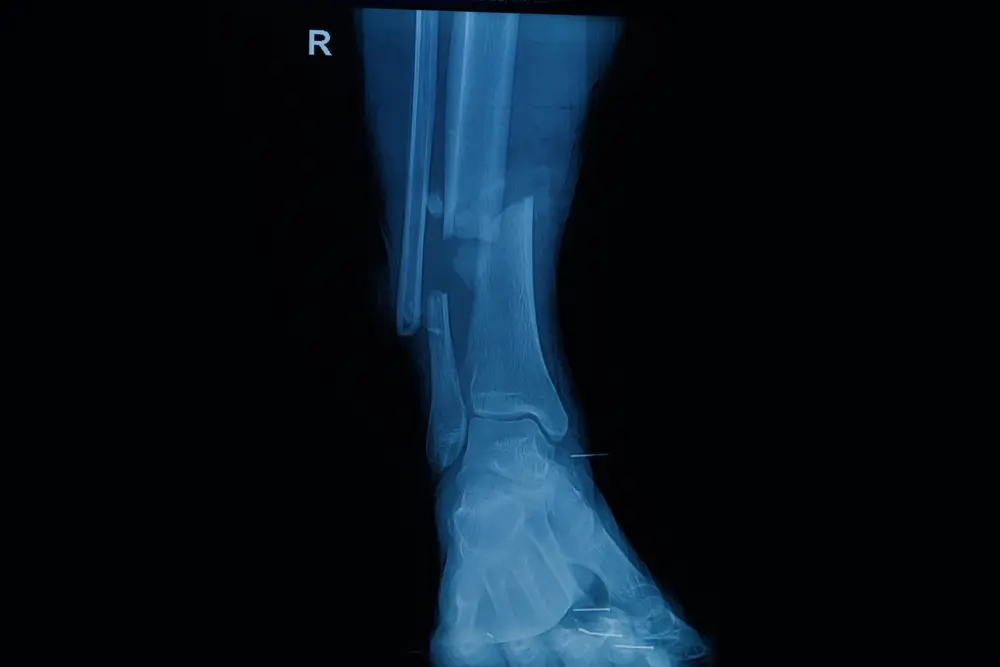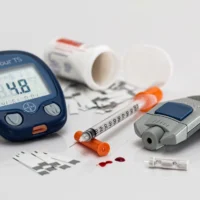So, you were doing your best superhero impression, soaring through the air with unparalleled grace… until gravity decided to remind you that you’re no Superman and sent you crashing down to reality. Or you were powering through a weekend warrior sports session – only to be reminded that you do not in fact have the balance of an elite athlete. Ouch! Yep, you’ve joined the club of the clumsily adventurous – the fracture survivors! But fear not, the osteopaths at Completely Aligned are here to help relieve pain, restore mobility, and get you back to the movements (and superhero impressions) you love to do. Give us a call on 02 4655 5588 to make an appointment. In the meantime, let’s understand fractures a little better.
Understanding Fractures & The Body’s Response
When a fracture occurs, the body initiates a remarkable healing process. From a biological perspective, fracture healing begins with the formation of a hematoma at the fracture site, triggering an inflammatory response. Inflammatory cells, growth factors, and cytokines are recruited to the site to initiate the healing process. Subsequently, soft callus, composed of fibrous tissue and cartilage, forms around the fracture site to stabilise the bone. Over time, this soft callus is replaced by hard callus, consisting of woven bone tissue. Finally, the bone undergoes remodelling, where excess bone tissue is removed, and the bone is reshaped to restore its strength and function. Amazing, right? But sometimes fractures don’t heal as well as we would like, or the fracture heals but the muscles, tendons and ligaments around it are never quite the same, which can lead to a myriad of complications, including limited mobility and chronic pain. It’s like having a wonky bridge in the body’s infrastructure – sure, it might hold up for a while, but sooner or later, it’s bound to cause some serious traffic jams!
Why Wouldn’t It Just Heal?
Firstly, the alignment of the fractured bone plays a crucial role in the healing process. If the fractured ends of the bone are not properly aligned, it can result in malunion or nonunion. Malunion occurs when the bone heals in a misaligned position, leading to functional impairment and potential deformity. Nonunion, on the other hand, occurs when there is a failure of bone healing, often due to inadequate blood supply or excessive movement at the fracture site.
Additionally, the extent and location of the fracture can influence its healing outcome. Some fractures, such as those involving the neck of the femur or certain wrist fractures, are notorious for their poor healing potential. These fractures often occur in areas with limited blood supply, making them more prone to delayed healing or nonunion.
Certain medical conditions and lifestyle factors can impair fracture healing. Chronic conditions such as diabetes, osteoporosis, and autoimmune disorders can interfere with the body’s ability to form new bone tissue and repair fractures. Smoking, excessive alcohol consumption, and poor nutrition can also hinder fracture healing by impairing blood flow and nutrient delivery to the fracture site.
In some instances, surgery may be required. If that’s the case, we’ll be there to help you on your rehab journey. But often such drastic measures aren’t necessary, and we can nudge the healing journey in the direction you want it to go (figuratively speaking, of course).
How Osteopathy Aims to Facilitate Healing
By incorporating a holistic approach that encompasses soft tissue techniques, joint mobilisation, exercise prescription, dry-needling, and lifestyle guidance, our osteopathic care aims to facilitate your journey to recovery from a bone injury. Osteopaths possess a profound understanding of how the body moves and functions. We leverage this knowledge to assess the impact of the injury on movement patterns. By understanding the biomechanics involved, we can create personalised treatment plans aimed at restoring optimal function and mobility, encouraging healing and alleviating pain.
For example, osteopathic manual therapy techniques, such as soft tissue manipulation and joint mobilisation, can help improve circulation and mobility around the fracture site, promoting optimal healing conditions. Additionally, osteopaths may prescribe specific exercises to strengthen muscles, improve flexibility, and enhance bone density, which can aid in the remodelling process.
Furthermore, osteopaths may provide guidance on nutrition and lifestyle factors that can support bone health and overall wellbeing. This may include recommendations for a balanced diet rich in calcium and vitamin D, as well as strategies to minimise stress and promote relaxation, which can contribute to optimal healing.
Conclusion
At Completely Aligned, we’re committed to helping you regain mobility and function following a fracture. Don’t let pain and restricted movement hold you back – call us on 02 4655 5588 to make an appointment or book online now at Completely Aligned in Camden today. We look forward to getting you back to your superhero stunts!
For more tips on injury recovery and musculoskeletal health, why not follow us on social media. We’re on Facebook and Instagram and we’re here to support you every step of the way! https://www.instagram.com/completelyaligned/
References
Phyisopedia. [ND] Bone Healing. [Online] Available at https://www.physio-pedia.com/Bone_Healing?utm_source=physiopedia&utm_medium=related_articles&utm_campaign=ongoing_internal. Accessed on 6/3/24.
Latest:
We're ready when you are
Don't let pain hold you back from doing the things you love
At Completely Aligned, our door is always open for you to get back to doing the things you love in life. Our team are available now to chat with you and work out how we can best support you.







